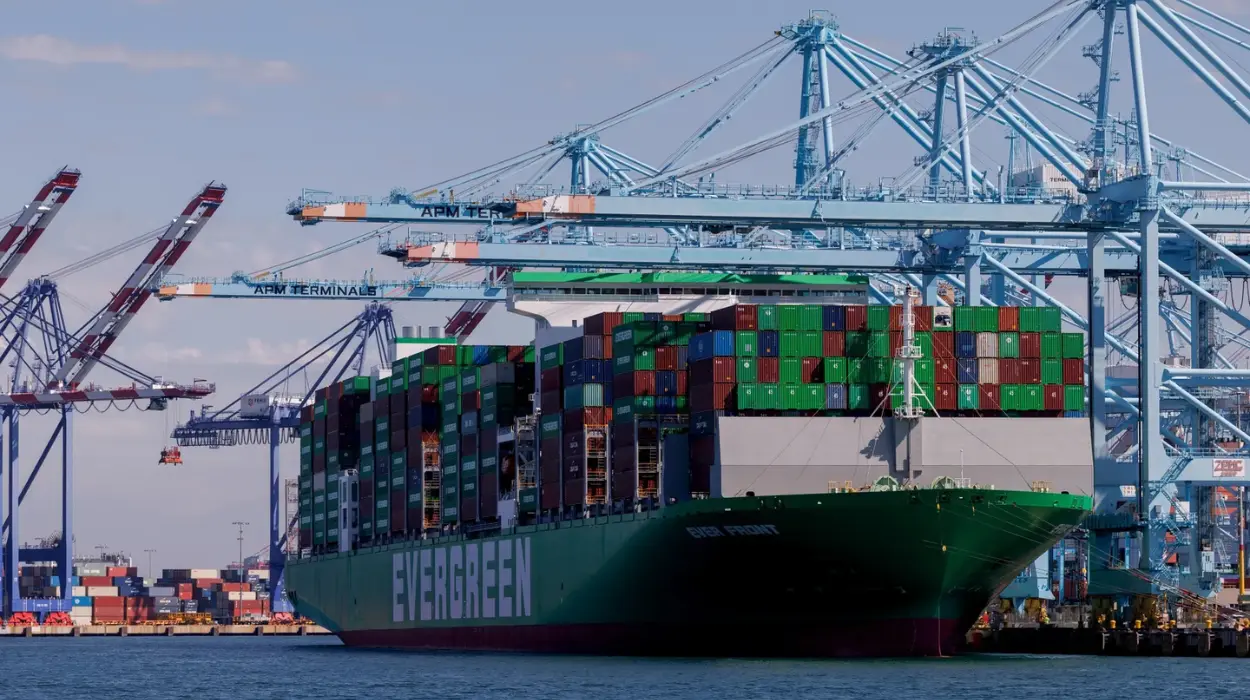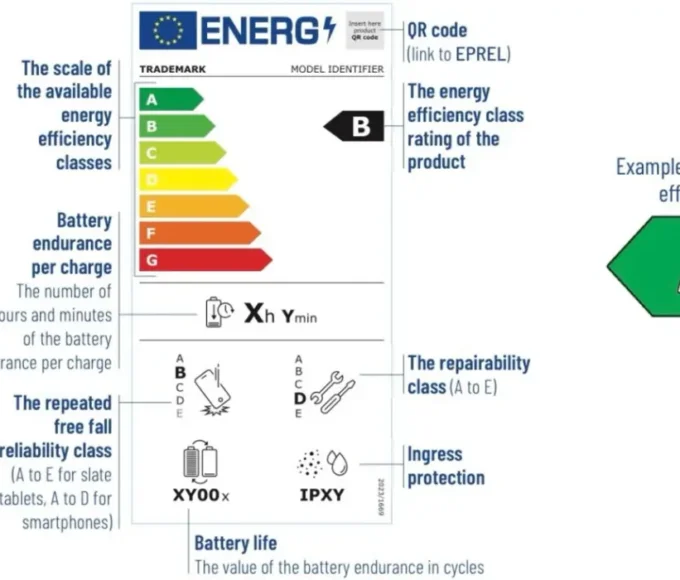In 2025, the mercantilist policy playbook that was once a hallmark of U.S. and Chinese economic strategy is now being widely adopted internationally, signaling a fundamental shift in global trade dynamics. Countries across the globe are increasingly prioritizing national self-reliance, strategic industrial policies, and protectionism, challenging decades of multilateral trade cooperation and economic integration. This modern mercantilism involves trade barriers, subsidies, reshoring, and industrial planning to strengthen domestic industries and reduce vulnerabilities in a volatile geopolitical landscape.
The Origins and Spread of Modern Mercantilism
U.S. and China Lead the Way
The U.S. under recent policy frameworks has aggressively used tariffs, reciprocal trade barriers, and subsidies to rebuild its manufacturing sector and secure technological leadership. China’s “Made in China 2025” plan exemplifies a state-driven mercantilist approach, focusing on dominance in critical sectors such as semiconductors, green energy, and defense technology.
Domino Effect on Other Nations
Smaller economies and regions such as Europe have responded by adopting similar strategies to protect their industries. European governments are increasing subsidies and tariffs to compete with U.S. and Chinese incentives, intensifying trade rivalries. This chain reaction risks eroding the multilateral trade system underpinned by organizations like the WTO, fostering geopolitical fragmentation and a more inward-looking global economy.
Economic and Geopolitical Implications
Protectionism and Trade Barriers
Governments are erecting higher trade barriers, often justified by national security concerns and the drive for technological autonomy. This resurgence of economic nationalism increases costs for producers and consumers alike while heightening trade tensions. Export-dependent sectors face challenges as global supply chains become less reliable and more fragmented.
Inflation and Market Distortions
Increased tariffs and localization mandates raise production expenses, contributing to inflationary pressures globally. Industrial subsidies distort market mechanisms, create inefficiencies, and risk bogging down productivity gains.
Financial Markets and Currency Shifts
Governments expanding industrial subsidies face fiscal strain, potentially leading to higher bond yields and upward pressure on interest rates. Countries are also diversifying reserves away from the U.S. dollar, which could weaken the dollar’s global dominance and lead to greater volatility in global financial markets.
Business Sector and Investor Impact
Winners and Losers
Sectors benefiting from government support, such as semiconductor manufacturing, green energy, and defense, see increased valuations and investor interest. Conversely, industries reliant on integrated global supply chains face heightened uncertainty, rising costs, and constrained growth prospects.
Volatility and Uncertainty
The uncertain trade environment and heightened geopolitical rivalry contribute to greater market volatility. Investors and companies must navigate a landscape where economic policy is closely intertwined with national strategic interests, complicating long-term planning.
Policy Challenges and the Search for Balance
National Self-Reliance vs. Global Cooperation
Policymakers confront a delicate balancing act: securing strategic autonomy to shield economies from external risks while preserving the benefits of open trade that have driven innovation and prosperity for decades.
The Risk of Fragmentation
If mercantilist policies continue to proliferate unchecked, the result could be a fragmented global economy marked by competing trade blocs, less cooperation, and slower growth. The challenge lies in finding frameworks that protect critical industries without dismantling the open system of global commerce.
Toward a New Normal in Global Trade
The globalization of the mercantilist policy playbook represents a clear departure from the post-World War II consensus of trade liberalization and multilateralism. In 2025, nation-states increasingly assert economic nationalism to protect domestic industries and strategic interests amidst a volatile geopolitical environment. This shift heralds a new era where trade policies are inseparable from national security concerns and economic sovereignty. The world faces rising protectionism, trade fragmentation, and economic uncertainty as the mercantilist approach becomes the new normal.
In this evolving landscape, businesses, investors, and policymakers must recalibrate strategies to navigate the complexities of a mercantilist, multipolar global economy.









